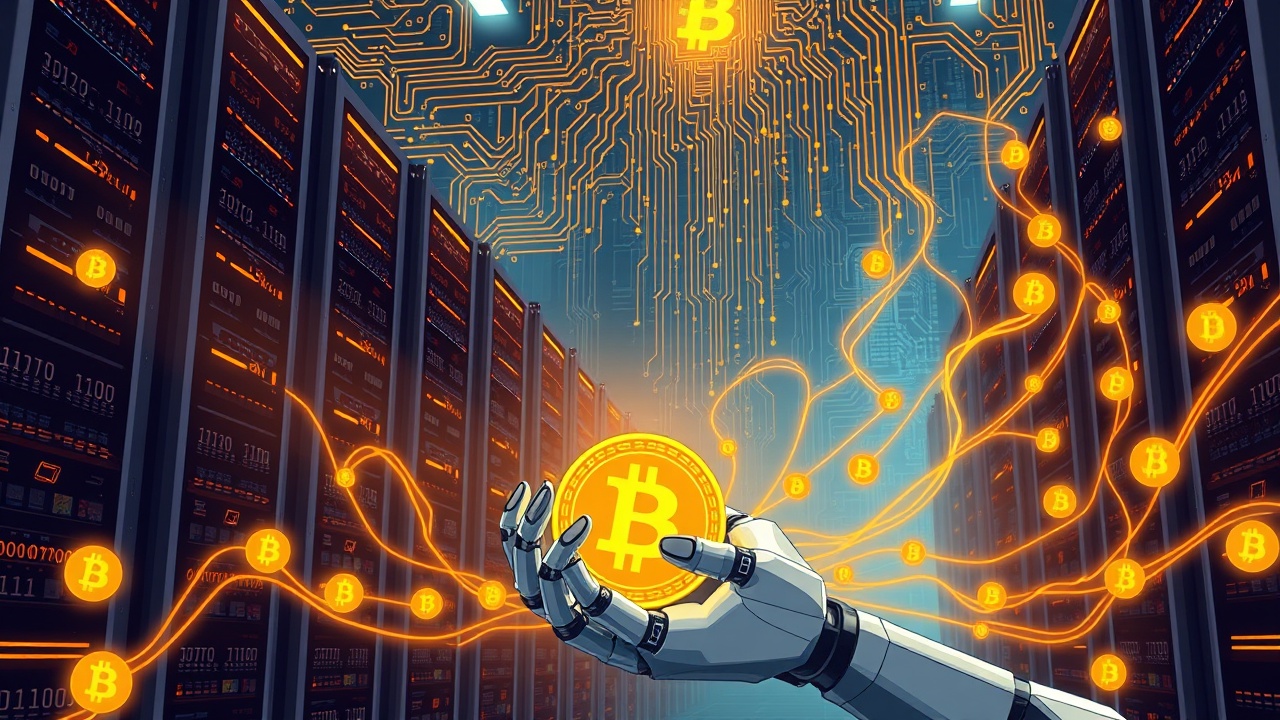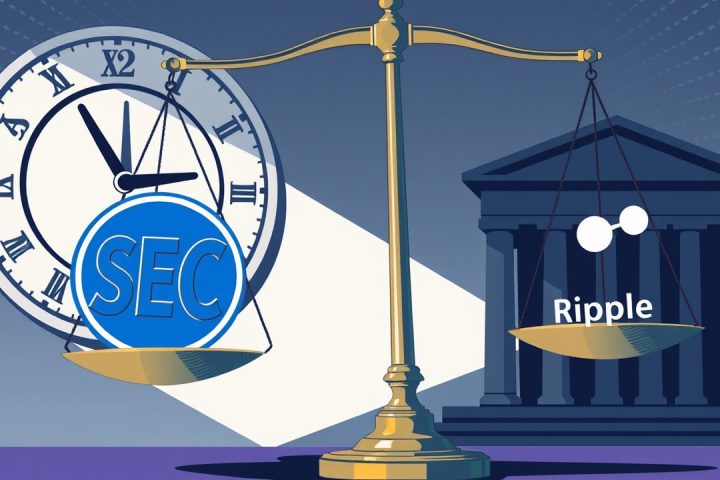AI Companies Embrace Bitcoin Mining
In a groundbreaking shift within the tech landscape, companies focused on artificial intelligence (AI) are beginning to harness their excess data center energy to mine Bitcoin (BTC). This innovative approach is expected to enhance the overall stability of electric grids while improving energy efficiency and potentially benefiting both the AI and cryptocurrency sectors, experts suggest.
Case Study: Mara Holdings
A notable example of this trend occurred in June when Mara Holdings, a Bitcoin mining enterprise, initiated a project utilizing surplus power from an AI data center to mine cryptocurrency. This move followed a substantial investment from rival firm Riot Platforms, which allocated $1 billion towards developing energy infrastructure that will facilitate both AI operations and Bitcoin mining.
Daniel Batten, a climate technology investor and a respected voice on Bitcoin’s environmental implications, underscored the significance of Mara’s initiative, remarking that the blending of AI and Bitcoin mining is occurring in a reciprocal fashion.
Previously, the narrative primarily involved Bitcoin mining companies expanding into AI services for additional revenue, but now AI firms are stepping into the realm of Bitcoin mining to capitalize on energy resources.
Energy Consumption of AI Models
The demand for computing power necessary for training vast AI models, such as OpenAI’s GPT, is immense. For context, training the GPT-3 model consumed nearly 1,300 megawatt hours (MWh) of electricity in one year, equivalent to the annual power usage of approximately 130 U.S. homes. The even more advanced GPT-4 is projected to require a staggering 50 times more energy, driving AI companies to over-purchase energy to mitigate the risk of downtime, even if it leads to periods of unused capacity.
Benefits of AI and Bitcoin Mining Partnership
Batten points out that the partnership between AI operations and Bitcoin mining is particularly advantageous in addressing power inefficiencies within data centers. Mining Bitcoin during off-peak hours presents a unique opportunity for AI firms to decrease their operational expenses. As Mara Holdings leads the way in this venture, CEO Fred Thiel articulated that their strategy effectively transforms previously wasted energy into a new revenue stream, presenting a responsive energy consumer for electric grids.
In similar spirit, Brian Morgenstern from Riot Platforms highlighted that Bitcoin mining can help establish vital power infrastructure appropriate for AI data centers. With their impressive investment, Riot has already powered a 400MW facility in Corsicana, Texas that allocates 40% of its capacity to Bitcoin mining.
Impact on Grid Stability
While the financial benefits for firms like Mara and Riot are clear, Batten also noted the broader impact on grid stability. AI data centers generate unpredictable demand spikes, presenting challenges for grid operators—particularly as reliance on renewable energy sources, such as wind and solar, increases due to their inherent variability.
Interestingly, Bitcoin mining might offer a solution to this instability. Batten explained that this process can be swiftly adjusted in response to grid conditions, enabling miners to utilize excess energy when AI demand recedes or to reduce their consumption during demand surges, thus facilitating smoother grid operations. This responsiveness could enable a higher integration of renewable resources into the grid, reducing the likelihood of blackouts.
Scalability and Future Implications
The question of scalability is an important one, and Batten is optimistic about the model’s potential for broader application. He sees possibilities for AI firms of varying sizes to adopt this approach, stating that virtually any AI company with significant energy procurement could embrace the model—with the exceptions being small operators. As AI and Bitcoin mining continue to converge, the implications for energy consumption and carbon emissions could be transformative.




